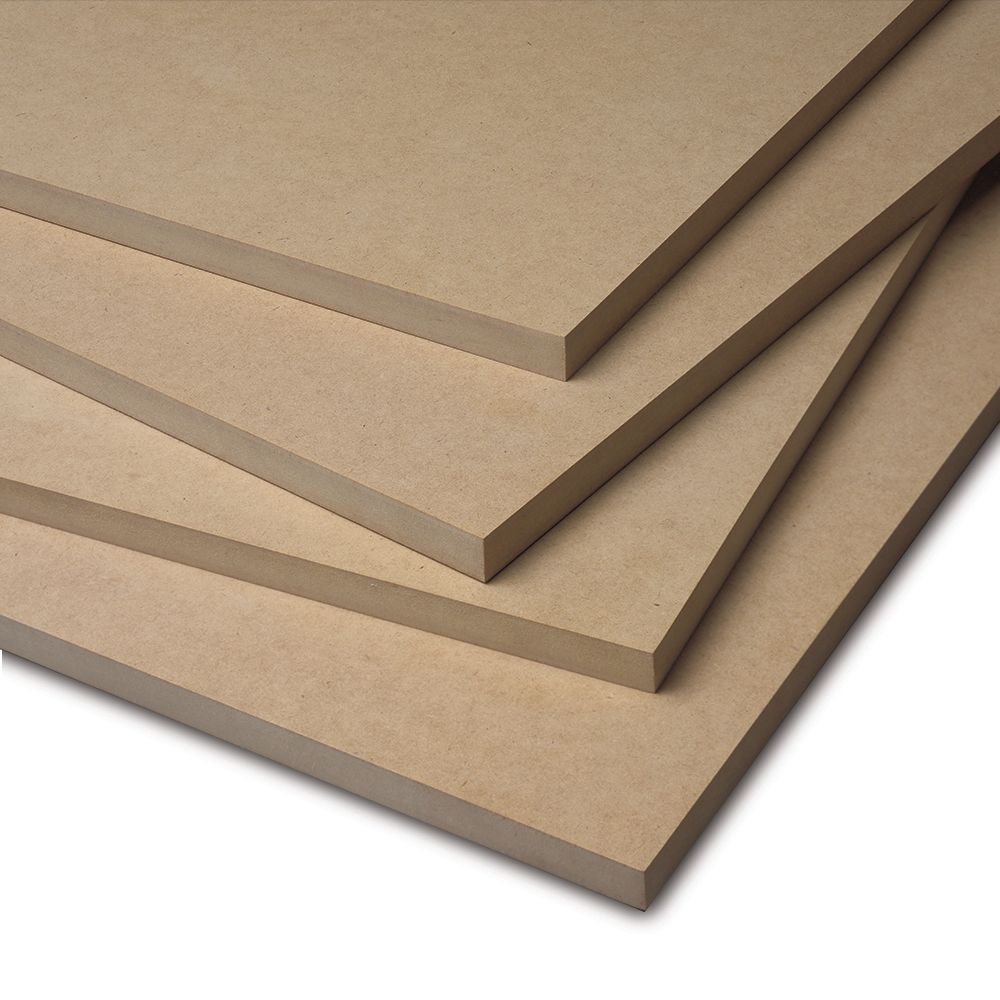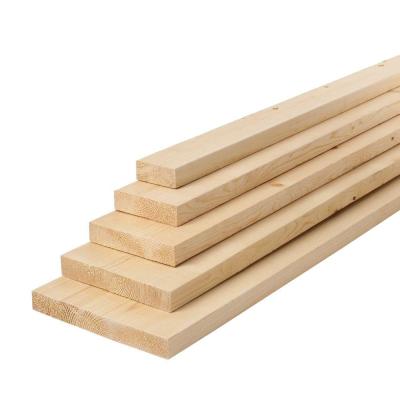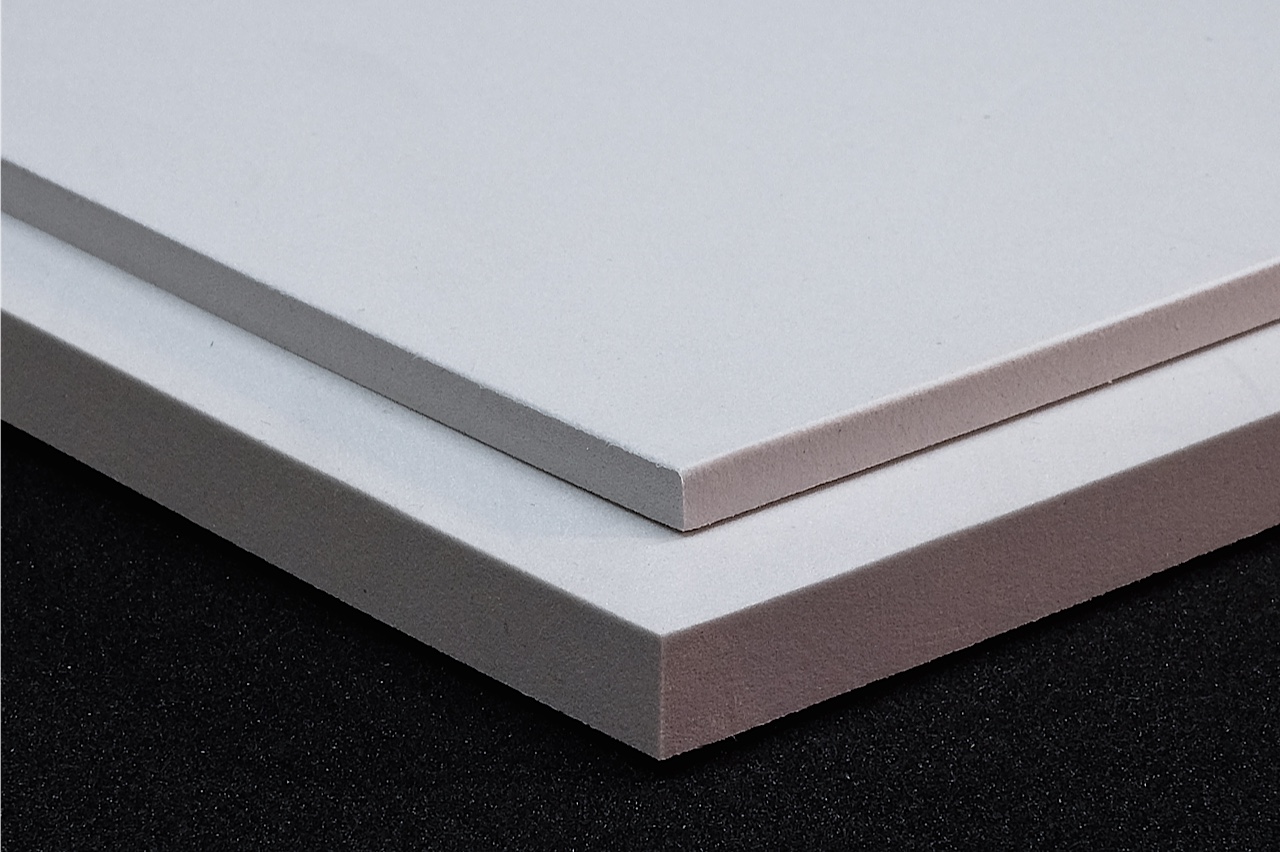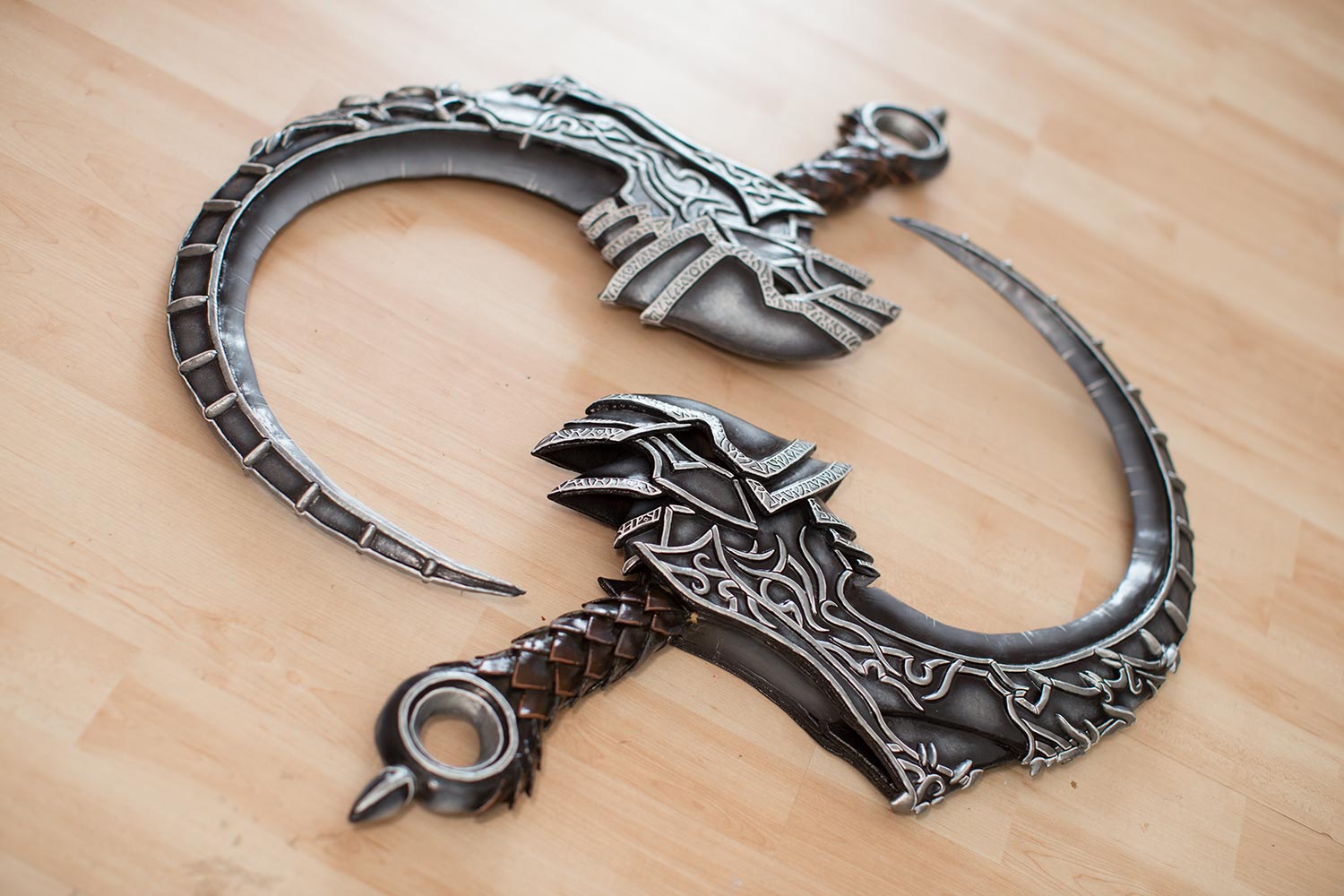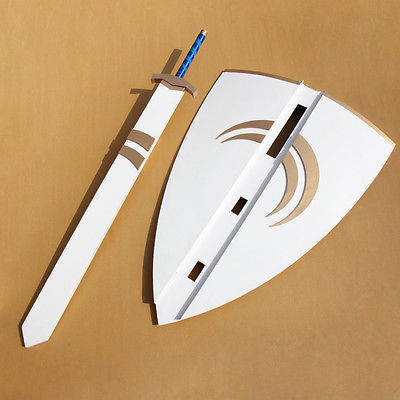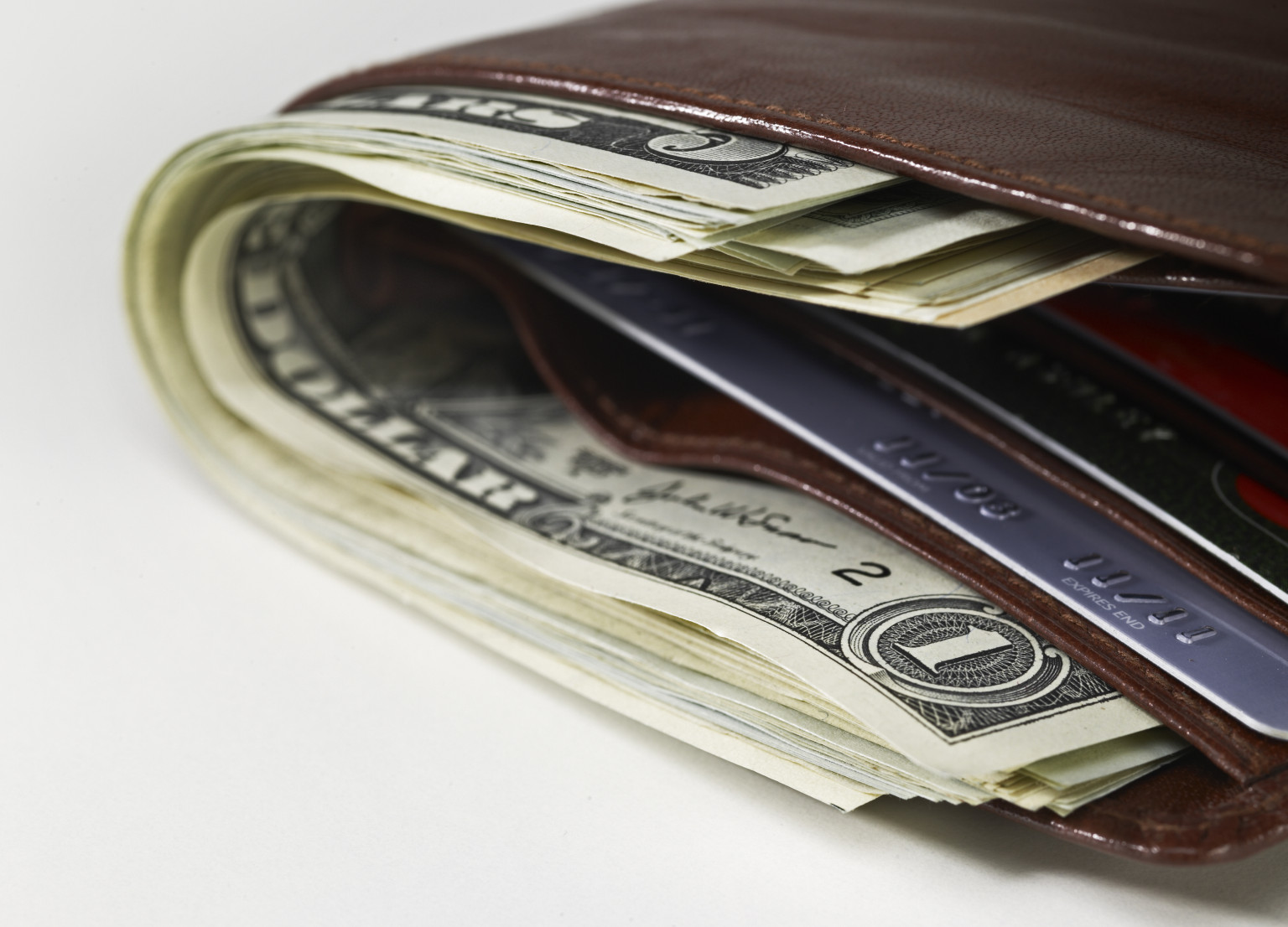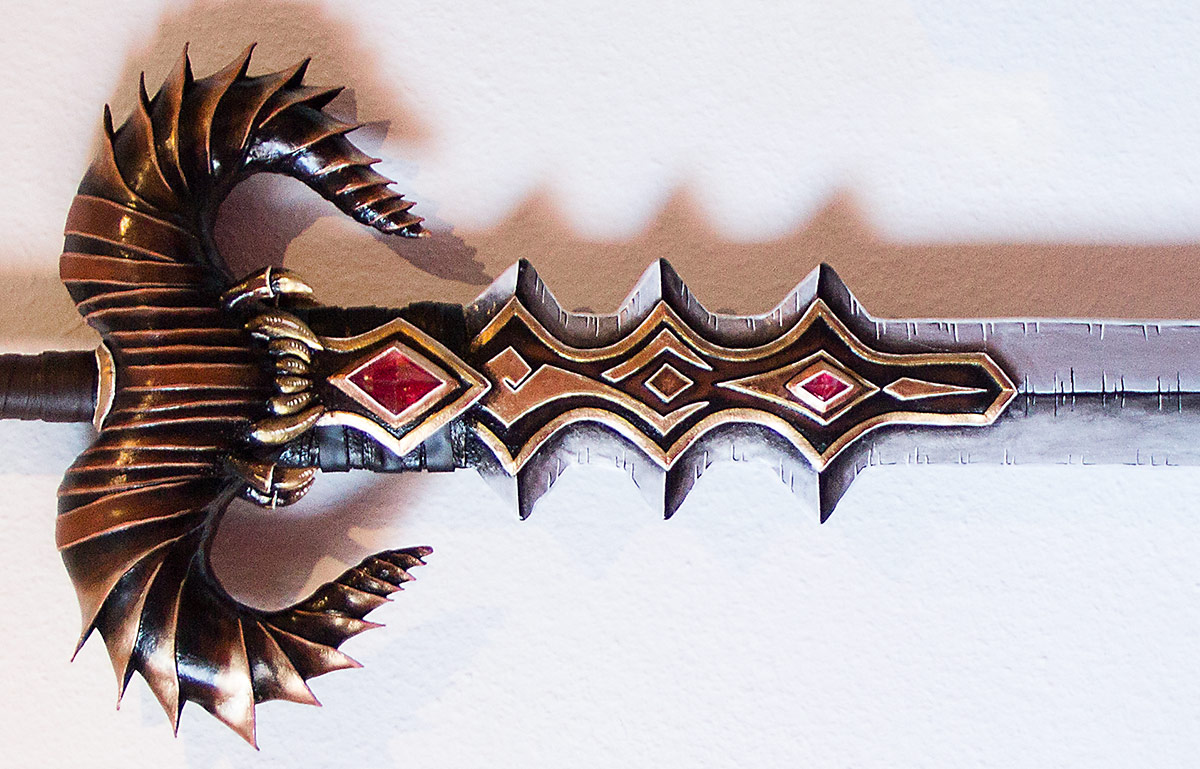
Material
- Super Glue
I like to pick it up in bulk at the local hobby store. If you chose EVA foam as the material, It is a must! Avoid of getting it on your skin, because it has a tendency to adhere that the best. I think you can pick up some debonding agents if you do glue yourself to yourself.
- Epoxy Glue
It also can be got from the hardware store. You just need to mix two parts together and use it to adhere two things together. It works good on many surfaces, especially plastics.
- Masking Tape
During painting, you may want to mask some parts of your prop. The masking tape will help you a lot. You can also use it to hold pieces together temporarily during assembly.
- Nylon Webbing
It can be procured from most craft stores in various thickness. When you create functional belts and straps for costume pieces, this material cannot be beat. Hot glue works good on it.
Now you’re armed with so many materials, let’s know more about what you will need to start shaping them into something you need.
Tools of the Trade
I have tried to narrow it down to the bare minimum that you would need to get started. But this just a part of tools. There are many advanced options for your crafting.
- Dremel/Rotary Tool
Spend your cash on a good rotary tool to get one that is decent used for you. You can drill, sand, carve, and engrave with one of these amazing tools.
- Craft Knives
I’m sure that an x-acto knife will do most of what you need. Just buy it and prepare some replacement blades.
- Files
Both big and small, using files to get good, hard edges on your props will make your props outstanding.
- Clamps
You can never have too many clamps. In fact, I am always running into situations where I don’t have enough! Believe me, you have no excuse not to stock up. You really need a lot during crafting.
- Sanding Block and Sandpaper
When crafting a prop that you want to stand out, A healthy amount of sanding makes all of the difference. A cheap sanding block that is constantly replenished with fresh sandpaper will reward you immeasurably. It is necessary for you to keep an ample supply of sandpaper in varying grist. Lastly , getting some sponges is a wise decision. Because they extremely useful for sanding all of the little nooks and crannies.
- Copying Saw/Jig Saw/Scroll Saw
All of these saws do pretty much the same thing with varying degrees of scale and accuracy.

